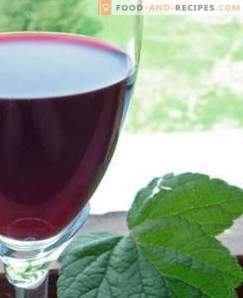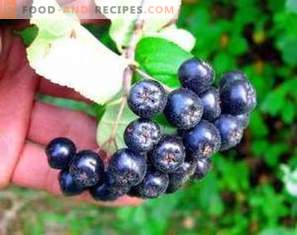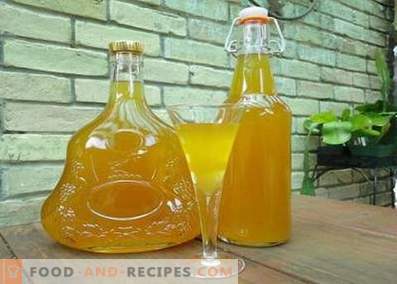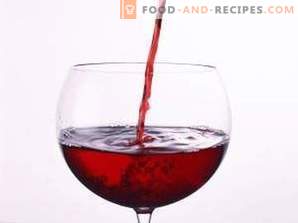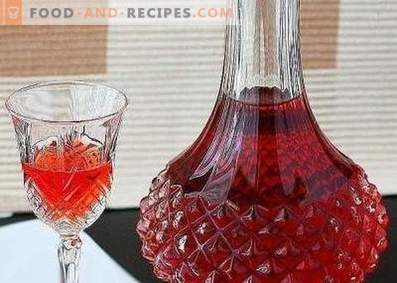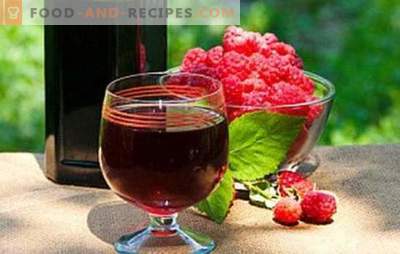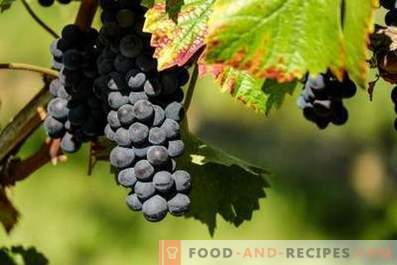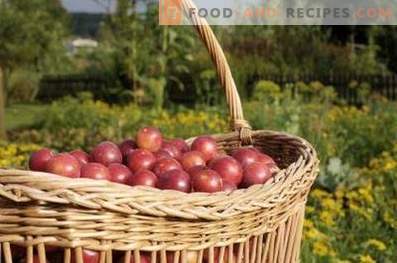
Plum wine is considered one of the most democratic. Its production is relatively inexpensive, it takes a little time, since there is quite a lot of sugar in the plum to ensure intensive fermentation. Nevertheless, it has a fairly harmonious taste and aroma. Table plum wine can be served to meat dishes instead of grape, sweet - to desserts. Many people make wine from plums at home, because it does not require great winemaking skills. It is only necessary to study the features of technology and choose your favorite recipe.
Subtleties of technology
Different varieties of plums are suitable for winemaking, wild plum is especially good for this purpose. Connoisseurs claim that the original bouquet can be obtained by combining several plum varieties: for example, if you combine two parts of the Mirabelle plum with one part of the usual blue, you will get a rich pink wine that tastes like nutmeg. Whichever variety is chosen, the technology of cooking wine will be identical.
- For the production of wines, overripe berries are needed, which are already beginning to fall, and at the very stalks have a slightly wrinkled skin. Additionally, the plums must be decomposed in the sun and left for several hours - then the wine will turn out sweeter from them.
- It is impossible to wash plums: bacteria live on their surface, which will make fermentation possible without the additional use of yeast.
- It is necessary to remove bones from fruits, since they contain harmful substances.
- A special feature of the plum is the high content of the gelling component, pectin, which is why the most difficult part in the production of wine from this berry is the production of juice. To maximize its output, the crushed pulp of the plum is poured with water or hot syrup, waiting for the start of fermentation, and only a few days after that the juice is squeezed out of the pulp.
- The process of subsequent fermentation takes three weeks to do, but it takes much longer to clear up. If you try to wait until the wine is completely brightened, it will take a couple of years. Therefore, it is bottled, not waiting for it to happen. It is not worth brightening artificially plum wines, because of this, when interacting with light, they acquire an unaesthetic brown tint. If you want to get clarified wine by all means, then blending is necessary: adding a fifth of apple or pear juice will save the day.
Otherwise, the preparation of homemade wine from the plums will depend on the recipe chosen.
Recipe for table wine from plums
Composition:
- plum - 10 kg;
- water - 1 l for the same amount of plum pulp;
- granulated sugar - 0, 1 kg per 1 l of wort, if you want to get table wine, 0, 2 kg per 1 l of wort to get semi-dry wine, 0, 3 kg per 1 l of wort for semi-sweet.
Method of preparation:
- Clean the unwashed plums from pits, fold them into an enamelled tank or basin, knead them with your hands or, even better, with a wooden press, measure the volume of the pulp.
- Measure out the same amount of pure water. If tap water is used, it must be filtered or boiled and cooled. Spring boil and filter is not necessary. Fill the plum pulp with water.
- Cover the tank or basin with gauze to protect it from insects, and place it in a warm place for fermentation. The temperature is needed in the region of 22-24 degrees. Every 8 hours, open the gauze and mix the goo with a wooden stick, drowning the pop-up pulp.
- After three days, drain the liquid, collect the pulp in a linen bag and squeeze the juice out of it. If the house has a screw press, then use it. Combine the squeezed juice with the drained liquid. Measure the volume of the wort.
- Measure out the required amount of sugar, add to the wort, pour it into a 20-liter glass bottle, put a rubber glove with a pierced finger on top or install a water seal.
- Place fermentation in a dark room with a temperature of 20-24 degrees. Fermentation will continue for 2-3 weeks, perhaps a little longer. A sign that it has ended will be a fallen glove (the water trap will stop gurgling).
- Drain, separating the sediment, into a clean container, seal it well and leave for another six months.
- Filter the wine and bottle. It will still be unclear, but it will already be quite pleasant to drink it.
This recipe makes wine with a strength of 10-14 degrees.
Medical wine from plums
Composition:
- plums - 10 kg;
- boiled or pure spring water - 8 l;
- sugar - 1, 5 kg;
- raisins - 2 kg.
Method of preparation:
- Remove from the plum stone, put the pulp in a large enameled container. Wash berries is not necessary.
- Fill 5 liters of water, cover with gauze, leave to ferment for three days, stirring several times a day.
- Heat the remaining 3 liters of water to 30-35 degrees. Raise the raisins with sugar in the amount of 0, 5 kg, cover with water and also leave for three days.
- Squeeze the juice out of the plum pulp, pour into it the liquid in which the raisins were soaked. Put the remaining sugar.
- Pour the wort in a glass bottle in which it will ferment. It should be enough space for fermentation (at least a quarter of the volume), it must be closed with a water seal.
- After fermentation, transfer the wine to another bottle, making sure that it contains as little sediment as possible. Cork the bottle.
- After 3 months, filter and bottle.
Wine prepared according to this recipe cleans and strengthens blood vessels, it can be drunk instead of grape.
Dessert table wine
Composition:
- plum - 8 kg;
- pure water - 1 l;
- granulated sugar - 1 kg.
Method of preparation:
- Peel the ripe plums from the pits, fold them into glass or enamelware. Mash well.
- Heat the water to 40 degrees, fill the drain.
- Cover the container with a thin cloth, place it in a warm place for fermentation. Do not forget to mix twice a day.
- After 5 days, squeeze the juice out of the pulp, mix it with sugar, put it in a bottle with a water seal.
- After about 3 weeks, when the fermentation is over, pour out the wine, get rid of the sediment, put it in a large bottle again, this time closing it tightly.
- After a month, filter, bottle.
The strength of the finished drink will be 13-15 degrees.
Plum fortified wine
Composition:
- plum - 1 kg;
- sugar - 0, 4 kg;
- alcohol - 0, 3 l;
- water - 2 l.
Method of preparation:
- Wash ripe plums, remove bones from them.
- Boil syrup from 0, 2 kg of sugar and 1 l of water.
- Fill the berries with boiling syrup.
- Cover and cover with a blanket.
- After 8 hours, drain the syrup.
- Cook another batch of syrup from the remaining sugar and water. Pour the same berries, wait until it cools, and drain into the same container as the first batch of syrup.
- Pour in alcohol and leave under the lid for 2 weeks.
- Drain, dispose of sediment, dispense into bottles, close them and store.
It turns out wine with a strength of 15-18 degrees. The longer it is stored, the tastier and more aromatic it becomes.
Spiced Plum Wine
Composition:
- plum - 2 kg;
- water - 3 l;
- sugar - 1 kg;
- bay leaf - 3 pcs .;
- Carnation - 5 pcs.
Method of preparation:
- Do not wash the berries, remove the bones from them, fold the flesh into the enamel basin, pour 0, 5 l of water, crush the berries.
- Add 1, 5 liters of water, bay leaf, cloves and sugar. Put on the fire.
- Boil until foam appears, remove the foam, turn off the stove, wait until it cools.
- Squeeze the liquid from the resulting mass using a press.
- Fill the husks with clean water in the amount of 1 l, once again squeeze.
- Mix both portions of the resulting liquid, strain through a sieve.
- Put in a barrel and leave for 3-4 days.
- Pour into bottles, close them and leave for another 12 days.
According to this ancient recipe, it is possible to prepare a wine that tastes like port wine, but is lighter. It is necessary to drink it within a month, as it is not intended for long storage.
Plum wine is economical if you cook it yourself at home. However, it can replace grape wines.
